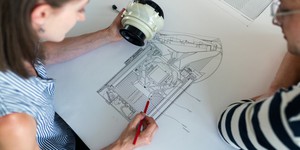Summary
Introduction
Have you ever stretched and launched a rubber band at someone? Put that energy to good use and build a rubber band-powered cotton ball launcher in this fun activity!
Materials
- Short pencil or popsicle stick
- Thin rubber bands (2)
- Cardboad tube (2 empty toilet paper tubes or empty paper towel tube cut in half)
- Packing tape or other strong tape
- Scissors
- Cotton balls
- Single hole punch
-
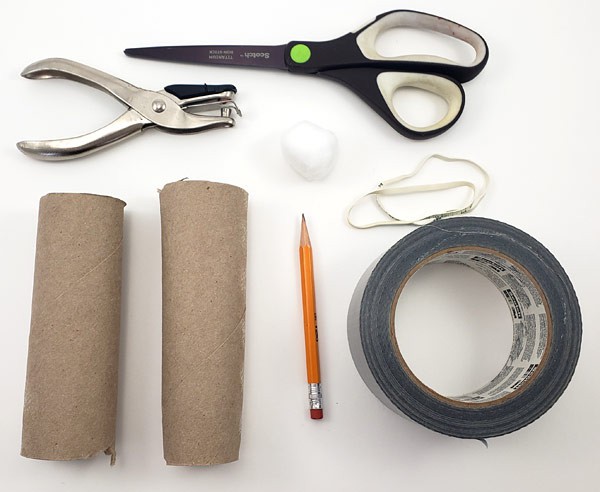 Image Credit: Ben Finio, Science Buddies / Science Buddies
Image Credit: Ben Finio, Science Buddies / Science Buddies
Instructions
- Use your scissors to cut one of the toilet paper tubes in half lengthwise.
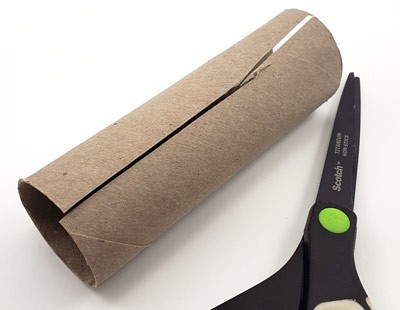 Image Credit: Ben Finio, Science Buddies / Science Buddies
Image Credit: Ben Finio, Science Buddies / Science Buddies
- Squeeze the roll so that it becomes narrower, about half the original diameter, then tape it to hold in place.
- Use your scissors or your hole punch to punch two holes in the skinny tube (if you are using a popsicle stick, use scissors to make narrower holes the same shape as the popsicle stick). Make the holes opposite one another, half an inch away from the end, so that you can poke your pencil or popsicle stick all the way through the tube.
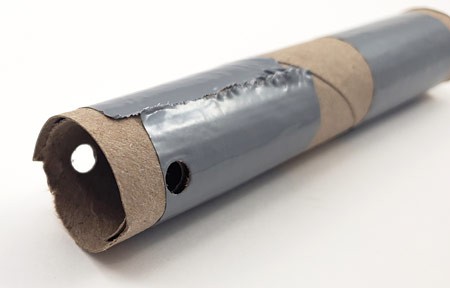 Image Credit: Ben Finio, Science Buddies / Science Buddies
Image Credit: Ben Finio, Science Buddies / Science Buddies
- Carefully push your pencil or popsicle stick through the holes.
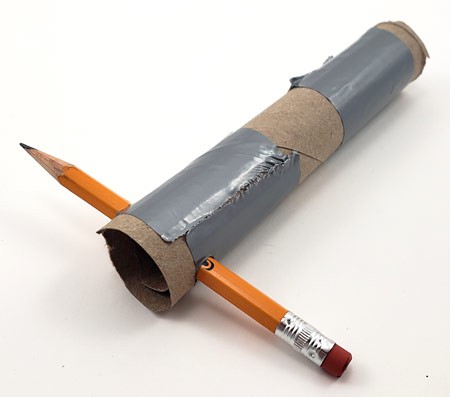 Image Credit: Ben Finio, Science Buddies / Science Buddies
Image Credit: Ben Finio, Science Buddies / Science Buddies
- On your second toilet paper tube, cut two slits into one end of the tube, about 1/4 inch long and 1/2; inch apart.
- Cut two more slits on the same end of the tube, directly across from the first two.
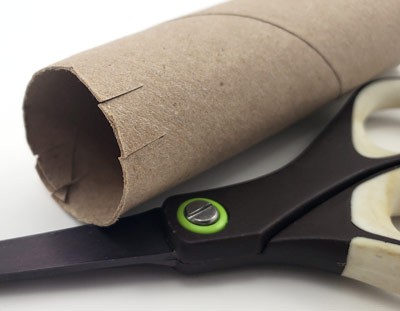 Image Credit: Ben Finio, Science Buddies / Science Buddies
Image Credit: Ben Finio, Science Buddies / Science Buddies
- Carefully loop one rubber band through the slits on one side, so that it hangs from the cardboard piece in the middle. Put a piece of tape over the slits to reinforce the cardboard tab.
- Loop the other rubber band through the slits on the other side of the tube. When you are finished, the tube should have a rubber band hanging from each side.
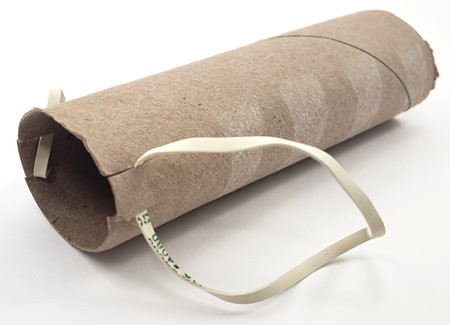 Image Credit: Ben Finio, Science Buddies / Science Buddies
Image Credit: Ben Finio, Science Buddies / Science Buddies
- Holding the rubber band tube so that the rubber bands are at the top, slide the narrower tube into the wider one, with the pencil end at the bottom.
 Image Credit: Ben Finio, Science Buddies / Science Buddies
Image Credit: Ben Finio, Science Buddies / Science Buddies
- Carefully loop each rubber band end around the pencil.
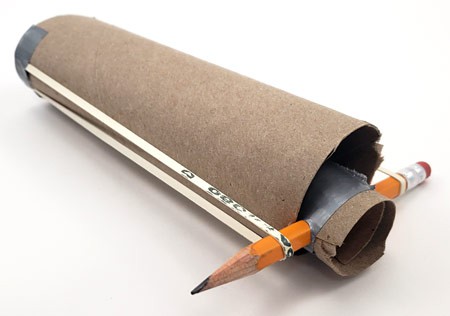 Image Credit: Ben Finio, Science Buddies / Science Buddies
Image Credit: Ben Finio, Science Buddies / Science Buddies
- Hold your launcher so that the pencil is at the bottom. Place a cotton ball on the top, so that it rests inside the narrower tube.
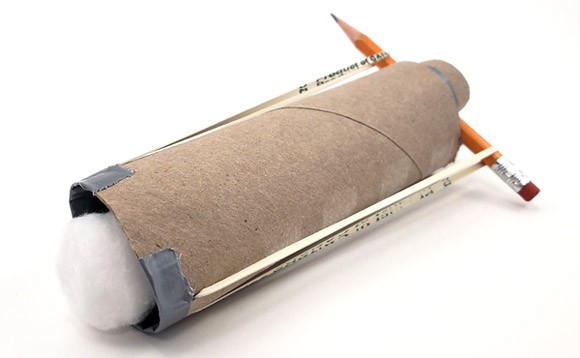 Image Credit: Ben Finio, Science Buddies / Science Buddies
Image Credit: Ben Finio, Science Buddies / Science Buddies
- Hold your launcher slightly horizontally without dropping the cotton ball.
- Pull back on the pencil so that the inner tube extends two inches out the back of the launcher. Carefully aim your cotton ball—away from people!
- Release the pencil and watch your cotton ball fly!
What Happened?
In this activity, you used two types of energy to load and launch your cotton ball. As you drew back on the pencil with the cotton ball loaded, you added potential energy to the system. The farther you pulled back on the pencil, the more potential energy was being stored. When you released the pencil, the potential energy became kinetic energy, and the cotton ball should have gone flying through the air!
As you pulled back farther on your launcher, more potential energy was added to the system. And the more potential energy you stored, the more kinetic energy should have been released when you shot the cotton ball. As a result, the farther you pulled back on the launcher, the farther the cotton ball should have traveled.
Digging Deeper
When you stretch a rubber band, it stores elastic potential energy: the energy stored inside a material when it is stretched, squished, bent, or twisted. This is different from gravitational potential energy, which is the energy stored in an object lifted up off the ground. Both types of potential energy can be converted to kinetic energy, the energy of motion. All moving objects have kinetic energy, and an object that is not moving has no kinetic energy. When energy is converted between forms, the total amount of energy is conserved (some energy may also be converted to heat due to friction, but that is still a form of energy).
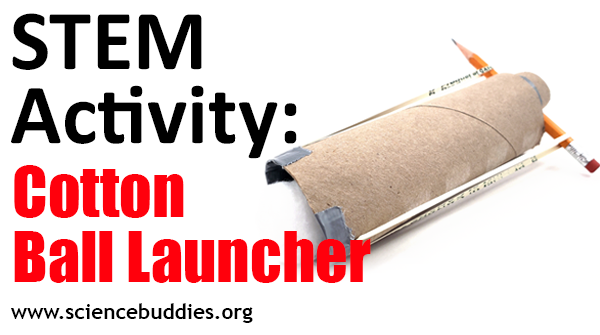 Image Credit: Science Buddies
Image Credit: Science Buddies
Ask an Expert
For Further Exploration
- Try experimenting with different rubber band thicknesses. See which result in the farthest launch!






